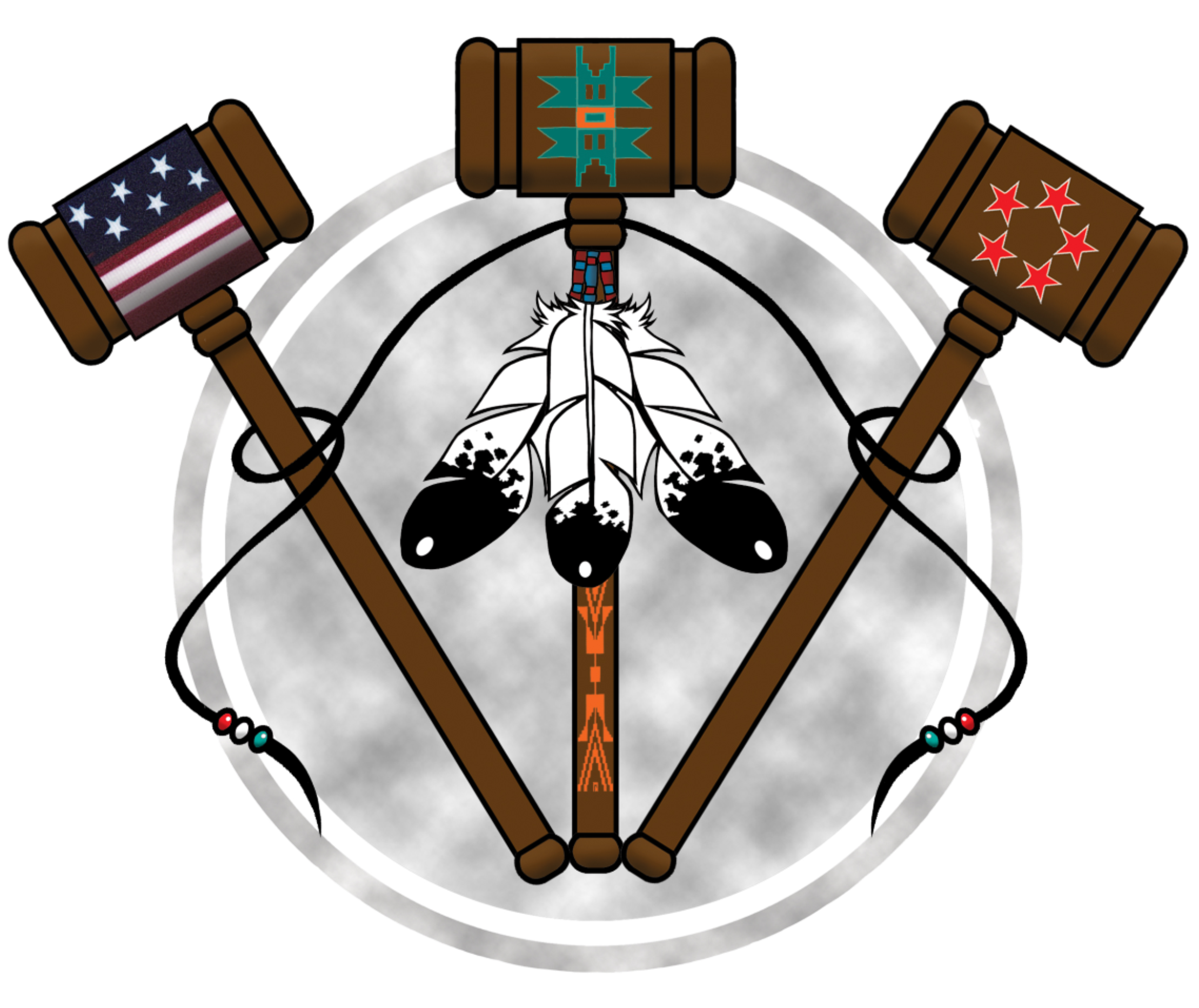From the Juvenile Justice Exchange: http://jjie.org/divisions-are-doubled-in-tribal-nation-within-county/
BEMIDJI, Minn. — Way up in northwestern Minnesota, progress is being made within the Ojibwe tribes.
“It’s been a long process,” said Trisha Hansen, Bemidji District supervisor for the Minnesota Department of Corrections. “… It was a tough two years, let me tell you. Probation and social services have really worked together in the last two years.”
Since September, the traditional divisions between the systems of juvenile justice and child welfare have begun to be erased.
With a tribal nation contained within the county, the separations are doubled.
The Red Lake Nation is a sovereign American Indian entity surrounded by Beltrami County. Red Lake people use some county services, but also have their own courts and social services. Beltrami County kids are served by courts and social services based in the city of Bemidji, the county seat.
The ultimate goal is to integrate tribal, federal, state and local services for culturally appropriate services and to run juvenile delinquency prevention programs within the community rather than off-reservation.
“I anticipate great results,” said national consultant John Tuell. The goal is to “overcome this mess we’ve created with this separation between child welfare and juvenile justice.” He is executive director of the Robert F. Kennedy National Resource Center for Juvenile Justice and RFK Children’s Action Corps, based in Boston.
The results should include reducing detention stays, recidivism rates, duplication of resources, frequency of out-of-home placement changes and poor educational performances, he said. The program also increases responses to mental and behavioral health needs.
One of the challenges, Hansen said, was figuring out the confidentiality parameters among the various agencies. She said the White Earth Nation in central Minnesota, which already uses the dual status youth strategies successfully, is helping them. White Earth Nation, also Ojibwe, is in Mahnomen County. It also uses county and tribal services and courts.
About 40 youths ages 10-17 are in the Beltrami County juvenile justice system locally and about 80 are under supervision on any given day, Hansen said.
White Earth Court Administrator Lori Thompson said the tribe adopted the dually involved youth program about 18 months ago. She has worked with the White Earth court system since 2000.
Currently, she said, about 15 young people are in the program.
The strategies, she explained, increase interagency information-sharing and give families and youngsters more of a voice in dealing with the agencies. Benefits include early identification, connecting families and youth with services, “diverting youth from adjudication and court when feasible” and “promoting culturally valid intervention.”
Such interventions include beading and drumming, Thompson said. Young people are assigned to four hours of community involvement every two weeks, such as setting up chairs, serving food and cleaning up at meetings.
The youngsters also carry wood for and take part in weekly sweat lodges, often with some of the officials, such as probation officers, who serve them.
“They really, truly do enjoy it,” Thompson said. “They get to know each other and talk freely.”
Jeff Lind, Beltrami County Social Services division director, said his division and the juvenile justice system are working with their tribal counterparts in the Red Lake and Leech Lake nations (also Ojibwe), both in the Bemidji District.
Beltrami County, Red Lake and Leech Lake agencies were recruited for the dual status youth program by consultant Tuell, Lind said.
Tuell said part of his interest in northern Minnesota and Beltrami County is due to the American Indian population served by the tribal and county services.
Lind expects 20 to 30 youngsters per year will fall into the dually involved category, but currently, the system is working with a single client. “Since we started, it’s a pretty small sample group,” he said. He looks forward to assessing the program’s success in a year.
If a child commits an offense, Lind said, the process starts with the county attorney, who makes the initial decision of whether to charge the youngster. The county attorney also contacts county and tribal social services. Parents also meet with a social services worker and a probation officer, he said. Under the new program, these meetings would be conducted jointly, requiring less travel and saving time and money.
In the past, families often had to meet with several agencies. Such confrontations can be confusing to both parents and children, Hansen said. “They aren’t hearing a thing because there’s so much swirling around them,” she said.
“White Earth has made a lot of progress,” Hansen said, citing the Circle Back Center in Ogema, Minn., on the White Earth Reservation. Circle Back Center clients can be referred through Indian Health Services, law enforcement, tribal court, county social services, tribal, county and state corrections, substance abuse programs and private entities or families.
Eligible clients are boys and girls ages 10-18 who have successfully completed alcohol or substance abuse treatment, those who lack a sober or safe home and those with behavior problems such as truancy, runaway and curfew violations. The center primarily accepts American Indian youth, but extends services to non-native youngsters if staff members consider them able to benefit from the program.
“I was there in September to see how it’s going,” Tuell said in a telephone interview. “They’ve [Beltrami County] done an excellent job in developing a manual. We don’t prescribe the outcomes a community should seek.”
